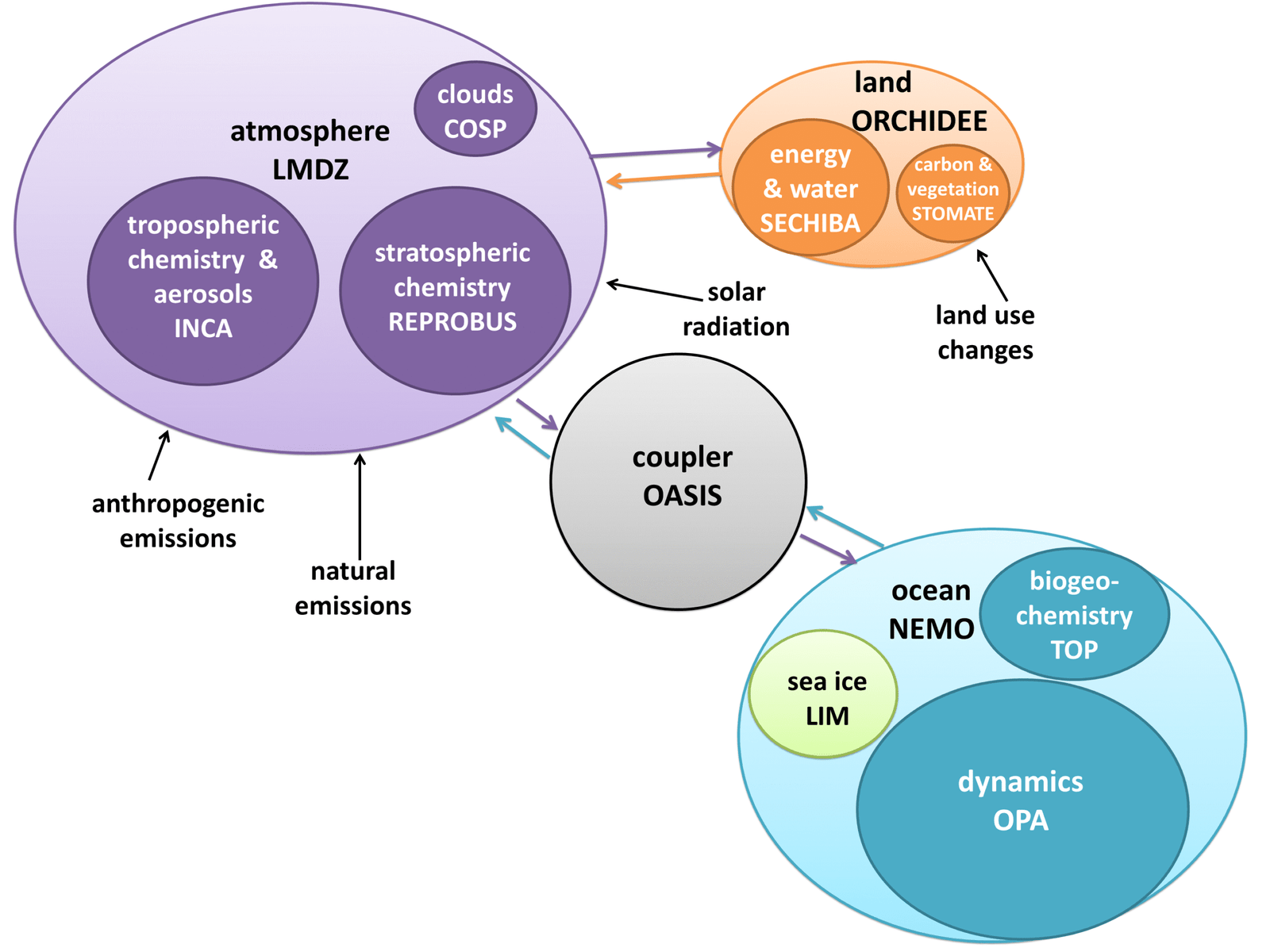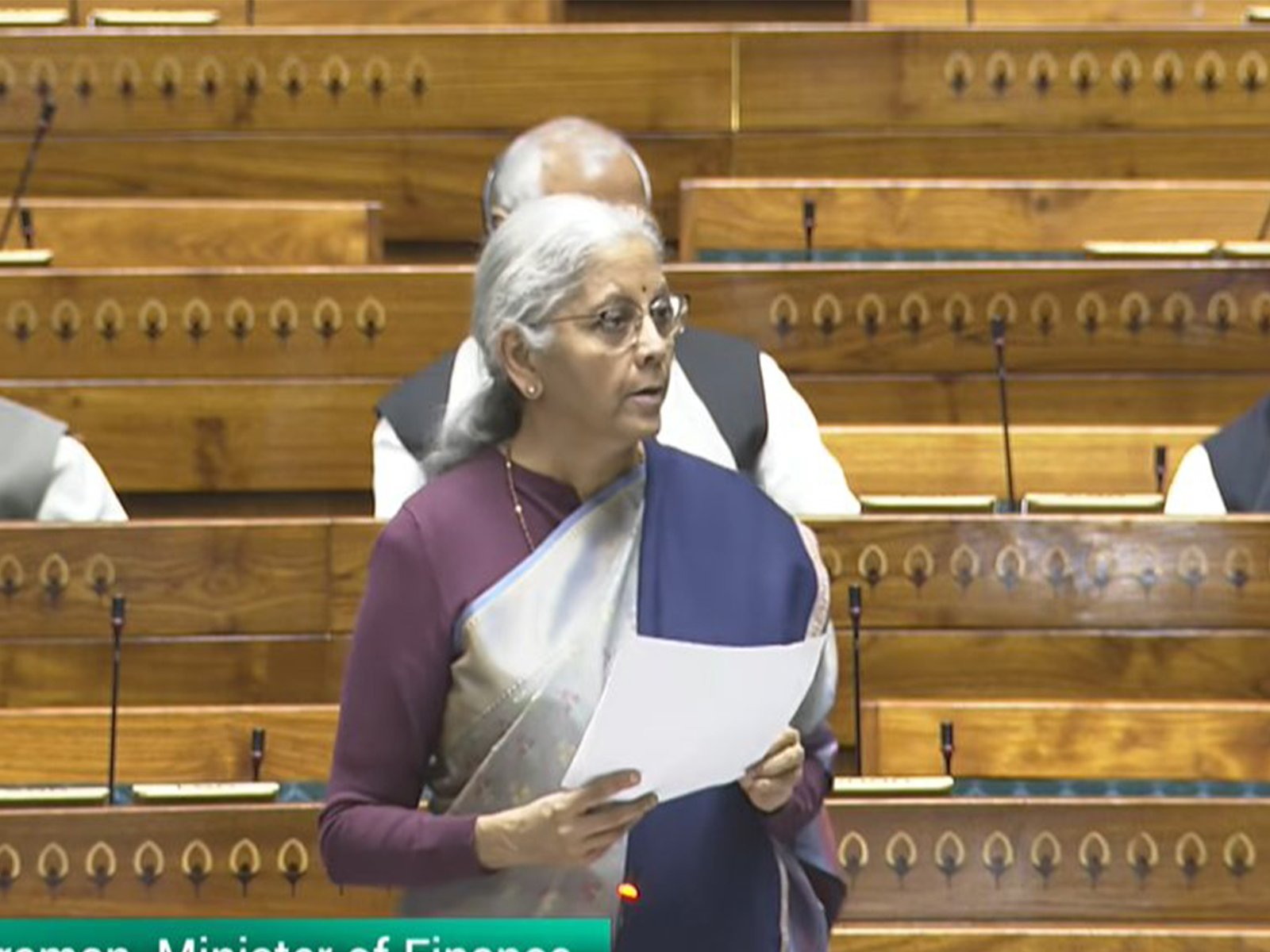Why in the News?
In September 2025, US President Donald Trump called climate predictions wrong, sparking debate over the reliability of climate models, which remain key for understanding climate change and guiding global policy, despite regional accuracy concerns.
Key Highlights
- What are Climate Models?
- It refers to computer simulations using mathematical equations to represent Earth’s climate system, including atmosphere, oceans, land, and ice.
- Purpose: Forecast long-term climate patterns, assess impacts of greenhouse gas emissions, land-use changes, and extreme weather events.
- Difference from Weather Models: Weather models predict short-term, localized events; climate models analyze broad, long-term trends.
- How Climate Models Work?
- Grid System: Earth is divided into three-dimensional cells covering the surface, atmosphere, and oceans.
- Equations and Inputs: Each cell is governed by physics, chemistry, and biology equations; inputs include greenhouse gases, sea temperatures, and ice cover.
- Outputs: Predicted temperature, precipitation, sea-level rise, ocean currents, ice cover, and frequency/intensity of extreme events.
- Evolution of Climate Models
- Energy Balance Models (EBMs): Focused on surface temperature based on energy balance between incoming solar radiation and outgoing heat.
- Radiative Convective Models (RCMs): Simulated vertical energy transfer in the atmosphere, providing temperature variation with height.
- General Circulation Models (GCMs): Sophisticated models simulating atmosphere, oceans, land, and ice for global-scale predictions.
- Regional Climate Models (RCMs): Provide localized forecasts for specific regions or countries, refining predictions from GCMs.
- Accuracy of Climate Models
- Global Accuracy: Effective in capturing large-scale patterns like global temperature rise, sea-level increase, and polar ice melt.
- Validation: Models are tested using historical data; accurate past predictions increase confidence in future projections.
- Limitations:
- Less accurate for regional/local extremes (floods, heat waves).
- Oversimplification of land-atmosphere interactions (farms, forests, soil moisture).
- Poor representation in Global South due to limited ground data.
- Consensus and Reality
- Despite limitations, models consistently show rising global temperatures due to greenhouse gas emissions.
- They guide climate policy, risk assessment, and adaptation strategies.
- Scientific Consensus: Climate change is real and human-induced.
Implications
- Policy Making
- Climate models inform national and global climate policies.
- Help allocate resources for mitigation and adaptation.
- Disaster Management
- Predict trends in extreme weather events for early warnings.
- Enable better planning for floods, droughts, and heatwaves.
- Economic Planning
- Guide infrastructure investment to account for climate risks.
- Support agriculture, water management, and coastal planning.
- International Negotiations
- Provide scientific basis for agreements like the Paris Accord.
- Shape emissions targets and climate finance strategies.
- Scientific Research
- Drive improvements in Earth system understanding.
- Encourage development of more accurate regional models and high-resolution data.
Challenges and Way Forward
| Challenges | Way Forward |
| Regional Inaccuracy: Less precise predictions in Global South and complex climates like Indian monsoon. | Improve ground-based observations and regional calibration of models. |
| Extreme Event Prediction: Oversimplification of local land- atmosphere interactions. | Incorporate high-resolution data on land use, vegetation, soil moisture, and urbanization. |
| Data Limitations: Incomplete or unavailable data on clouds, volcanoes, El Niño, etc. | Use satellite data, AI-based simulations, and continuous monitoring systems. |
| Computational Complexity: Simulating full climate systems requires immense computing power. | Invest in supercomputing infrastructure and optimized algorithms. |
| Public Skepticism: Misinterpretation or politicization of model outputs. | Promote science communication, transparency, and public engagement. |
Conclusion
Climate models are indispensable tools for understanding Earth’s climate system. While limitations exist, especially at regional levels, they reliably project global trends and extreme events. Their consistent findings underscore the reality of climate change and its human-induced causes. Strengthening these models and integrating them into policymaking is crucial for sustainable development.
| Ensure IAS Mains Question Q. Discuss how climate models aid in global climate governance and policy formulation, highlighting their strengths and limitations in regional climate prediction. (250 words) |
| Ensure IAS Prelims Question Q. Consider the following statements regarding climate models: 1. Energy Balance Models (EBMs) focus on the balance between incoming solar energy and outgoing heat. 2. General Circulation Models (GCMs) simulate regional climate systems with very high local precision. 3. Climate models can be validated by checking if they accurately predict historical climate events. Which of the statements given above are correct? a) 1 and 2 only b) 1 and 3 only c) 2 and 3 only d) 1, 2, and 3 Answer: b) 1 and 3 only Explanation: Statement 1 is correct: EBMs were the earliest models, estimating surface temperature using energy balance principles. Statement 2 is incorrect: GCMs simulate global-scale climate systems, not precise local/regional climates; Regional Climate Models (RCMs) handle finer regional detail. Statement 3 is correct: Historical validation is a key method to check climate model accuracy. |
Also Read | |
| UPSC Foundation Course | UPSC Daily Current Affairs |
| UPSC Monthly Magazine | CSAT Foundation Course |
| Free MCQs for UPSC Prelims | UPSC Test Series |
| ENSURE IAS NOTES | Our Booklist |





